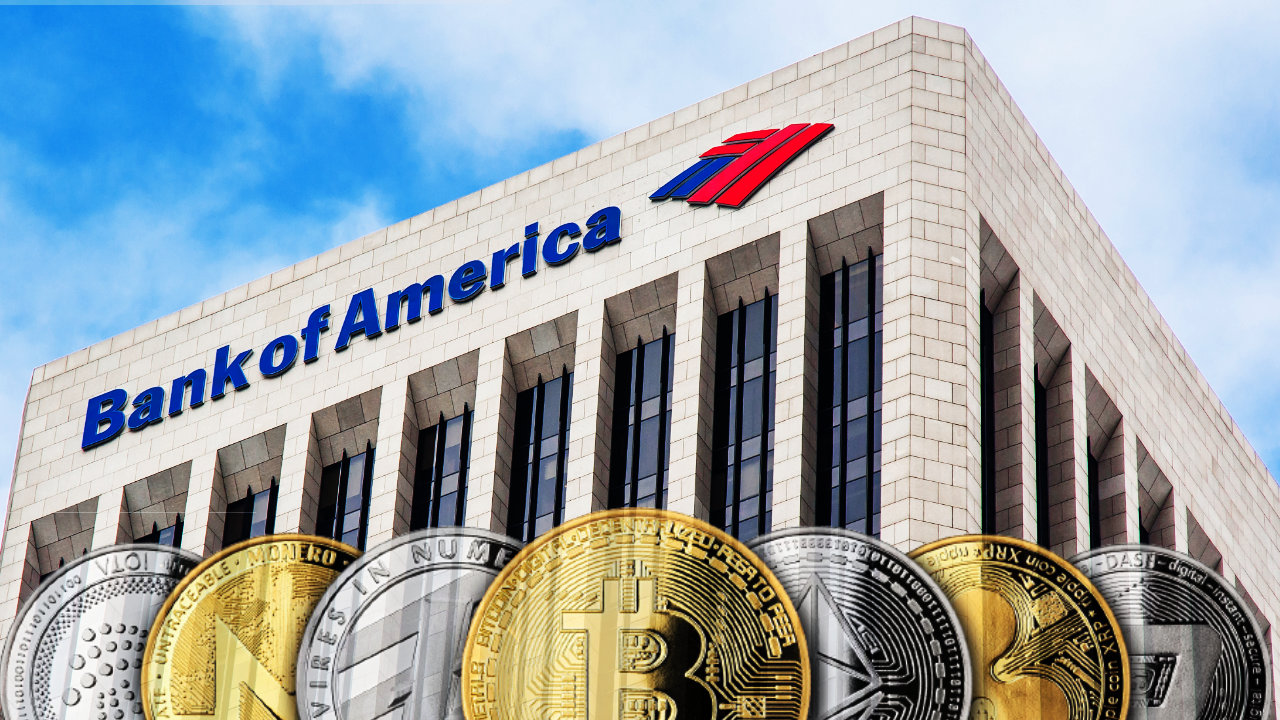
The Future of Crypto: A Deep Dive
The world of cryptocurrency and blockchain technology is ever-evolving, presenting new challenges and opportunities for investors and enthusiasts alike. In this article, we explore key questions surrounding the deployment of capital into digital assets, the impact of regulation on cryptocurrencies, and the potential for growth in the sector.
Capital Deployment and Regulation
One of the fundamental questions facing the crypto space is how capital will be allocated as digital assets become more regulated. Currently, most crypto-assets are traded offshore, but with the emergence of regulated opportunities, we can expect a significant influx of new capital into the market. The regulation of cryptocurrencies like Ethereum is crucial, as it serves not only as a form of currency but also as a technology platform. The demand for Ethereum is primarily driven by its utility in transaction processing, subjecting it to the laws of supply and demand.
Beyond Gold: The Rise of Digital Assets
Digital assets have the potential to revolutionize the global economy, offering more than just a digital version of gold. Just as oil plays a vital role in the economy, digital assets could become essential components of various industries. The creation of assets that cater to consumer needs and enterprise requirements opens up a vast space for growth and innovation. While the supply of cryptocurrencies like Bitcoin may seem infinite with the emergence of numerous copycat coins, the intrinsic value of the original Bitcoin remains unparalleled.
The Crypto Political Landscape
In a surprising turn of events, the U.S. Senate race in Ohio has brought crypto and blockchain to the forefront of political discussions. Bernie Moreno, a blockchain entrepreneur, secured the Republican nomination and will challenge Sen. Sherrod Brown, a prominent figure in the Senate Banking Committee. Moreno’s victory could potentially shift the balance of power within the committee, impacting future crypto regulations. Despite facing personal controversies, Moreno’s win signals a growing influence of the crypto industry in mainstream politics.
Bitcoin’s Market Volatility
The recent dip in Bitcoin prices has sparked debates among investors on whether it’s the right time to buy. While the cryptocurrency has experienced a 15% drop, historical data suggests that such corrections are common during bull markets. Bitcoin’s resilience in bouncing back from significant declines underscores its long-term growth potential. Investors are advised to view market fluctuations as opportunities to accumulate more Bitcoin for potential future gains.
Conclusion: Navigating the Crypto Landscape
As the crypto and blockchain space continues to evolve, investors and policymakers must navigate the complexities of regulation, market volatility, and technological advancements. The future of digital assets hinges on innovative solutions, regulatory clarity, and widespread adoption. Whether it’s the deployment of capital, political implications, or market trends, staying informed and adaptable is key to thriving in the dynamic world of cryptocurrency.
For more insights into the crypto industry, visit CoinDesk and explore the latest trends shaping the future of finance.
To learn about Consensus 2024, the premier event for crypto enthusiasts, visit Consensus 2024.
Discover more about the potential of Bitcoin and the latest market trends at Motley Fool.















